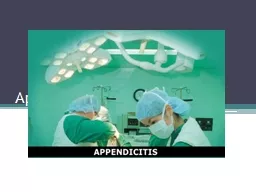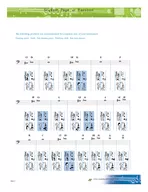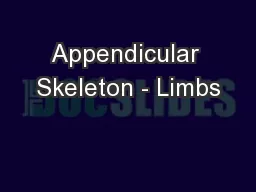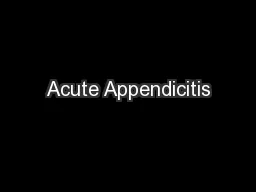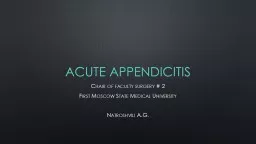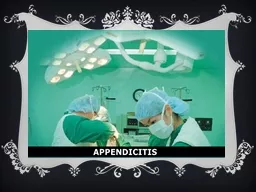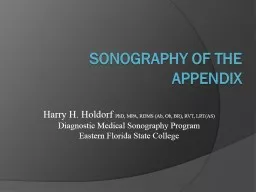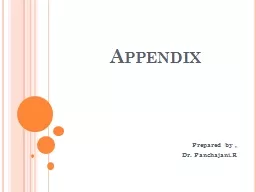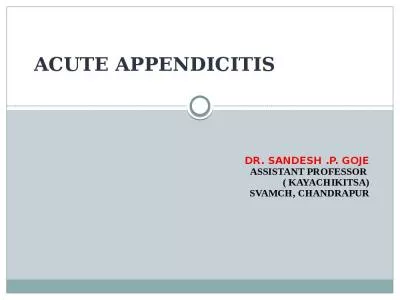PPT-Appendicitis Definition The appendix is a small, finger-like appendage attached
Author : calandra-battersby | Published Date : 2018-11-05
to the cecum just below the ileocecal valve It empties into the colon inefficiently and its lumen is small it is prone to becoming obstructed and is vulnerable
Presentation Embed Code
Download Presentation
Download Presentation The PPT/PDF document "Appendicitis Definition The appendix is ..." is the property of its rightful owner. Permission is granted to download and print the materials on this website for personal, non-commercial use only, and to display it on your personal computer provided you do not modify the materials and that you retain all copyright notices contained in the materials. By downloading content from our website, you accept the terms of this agreement.
Appendicitis Definition The appendix is a small, finger-like appendage attached: Transcript
Download Rules Of Document
"Appendicitis Definition The appendix is a small, finger-like appendage attached"The content belongs to its owner. You may download and print it for personal use, without modification, and keep all copyright notices. By downloading, you agree to these terms.
Related Documents

